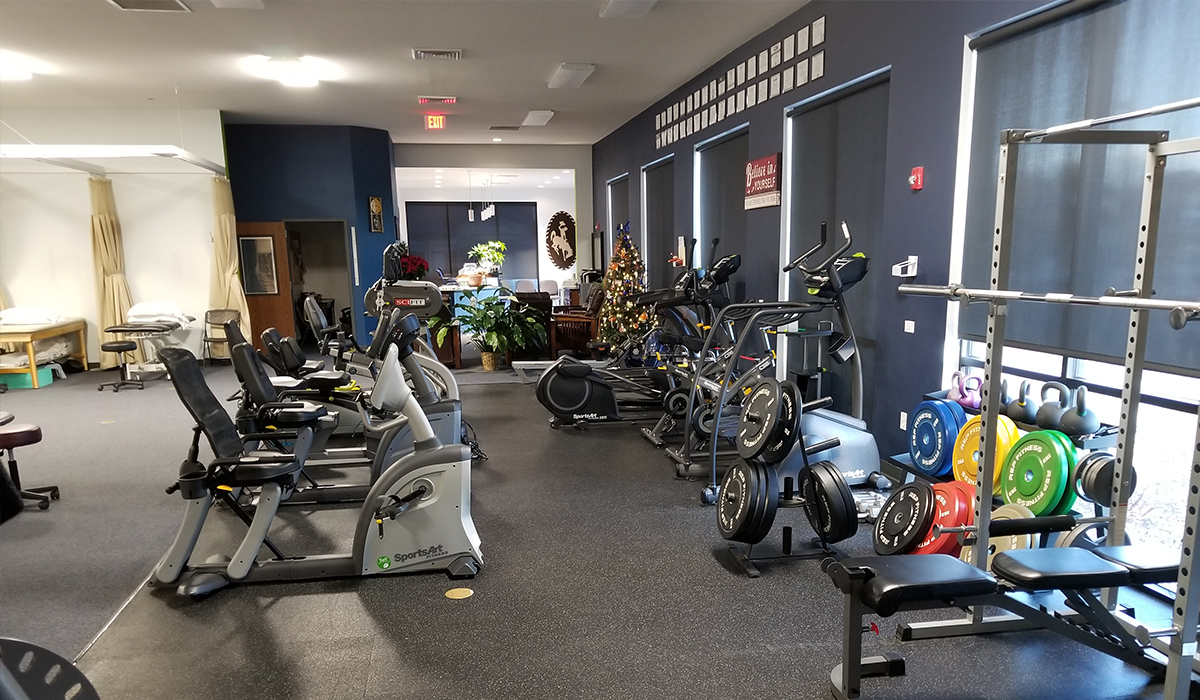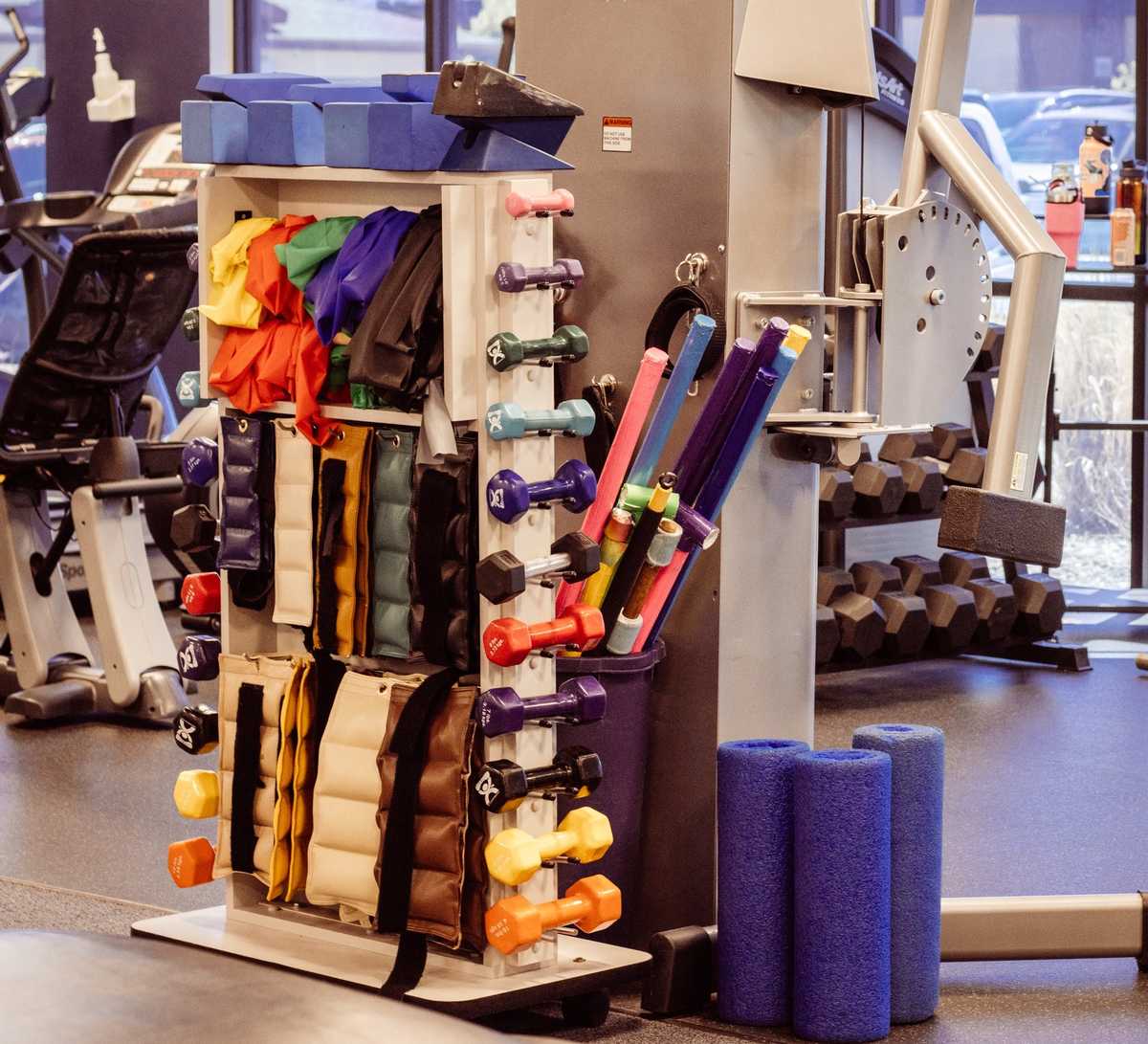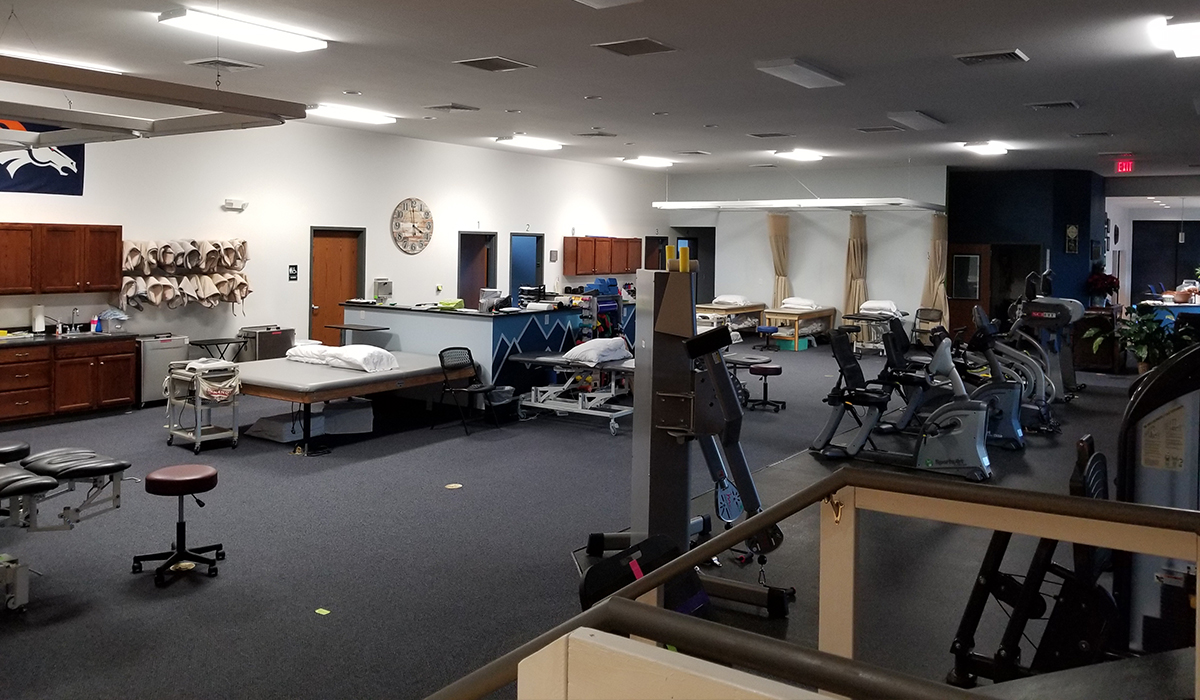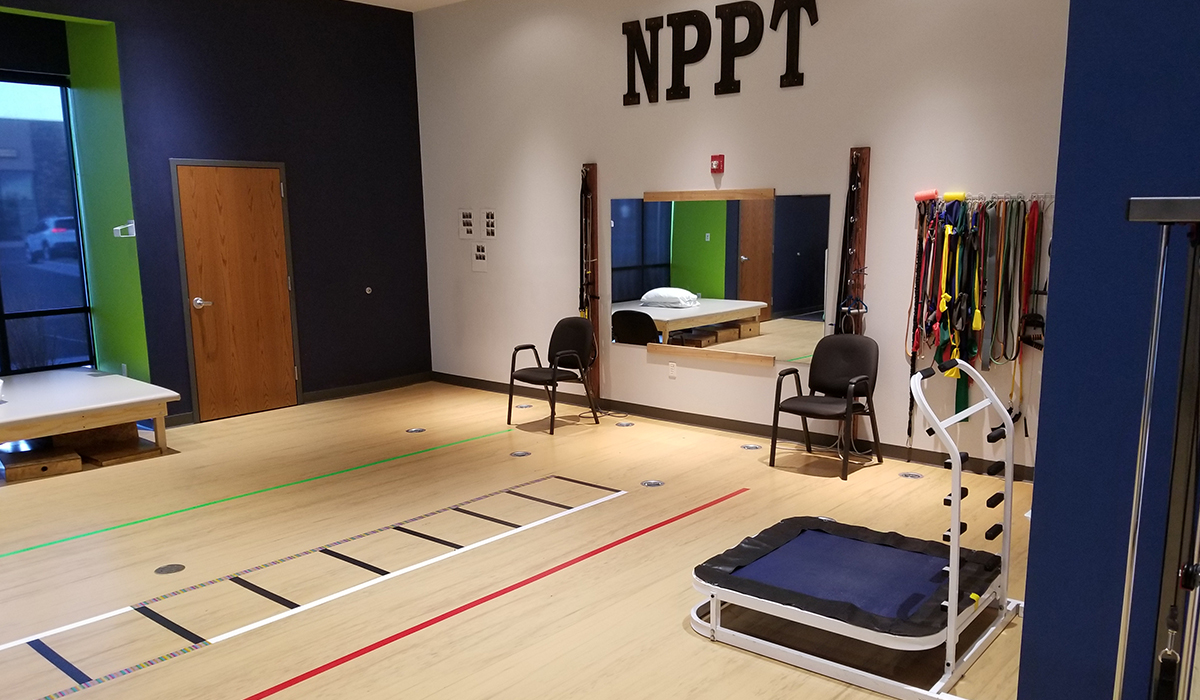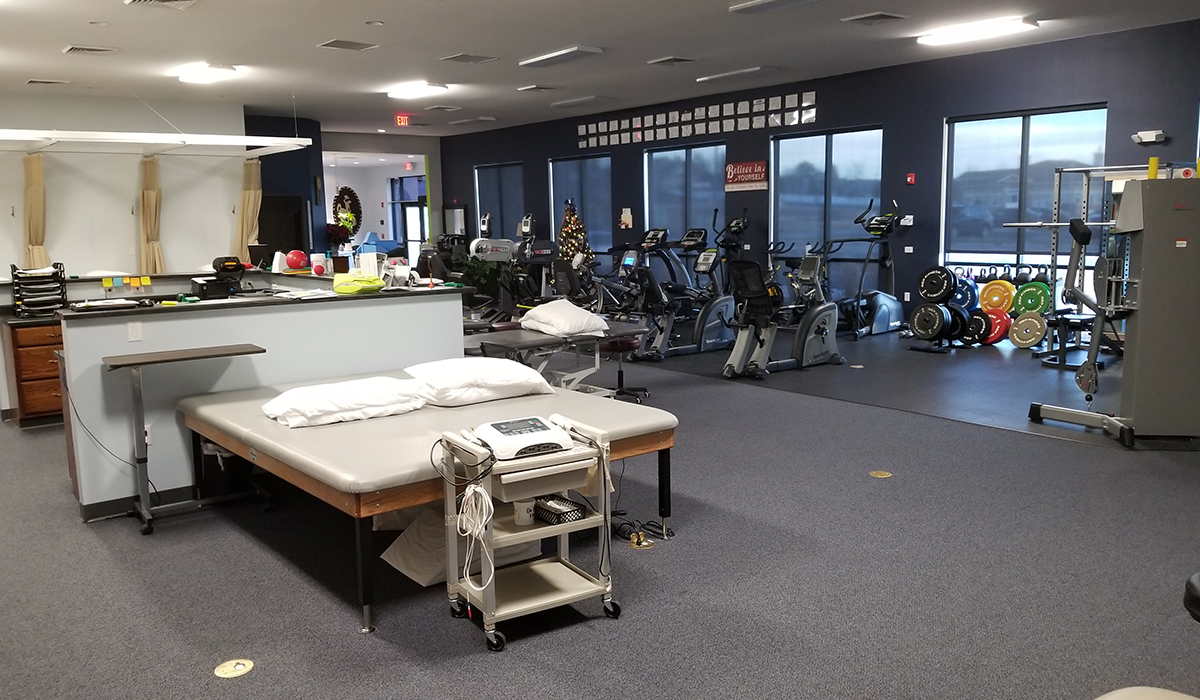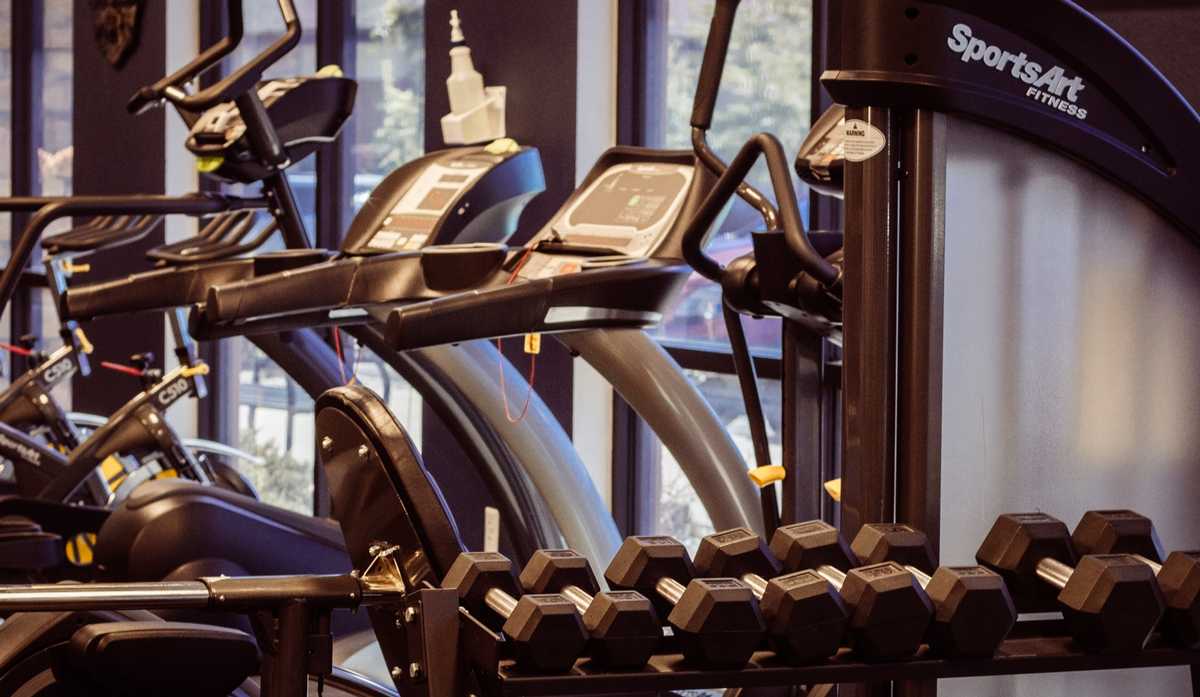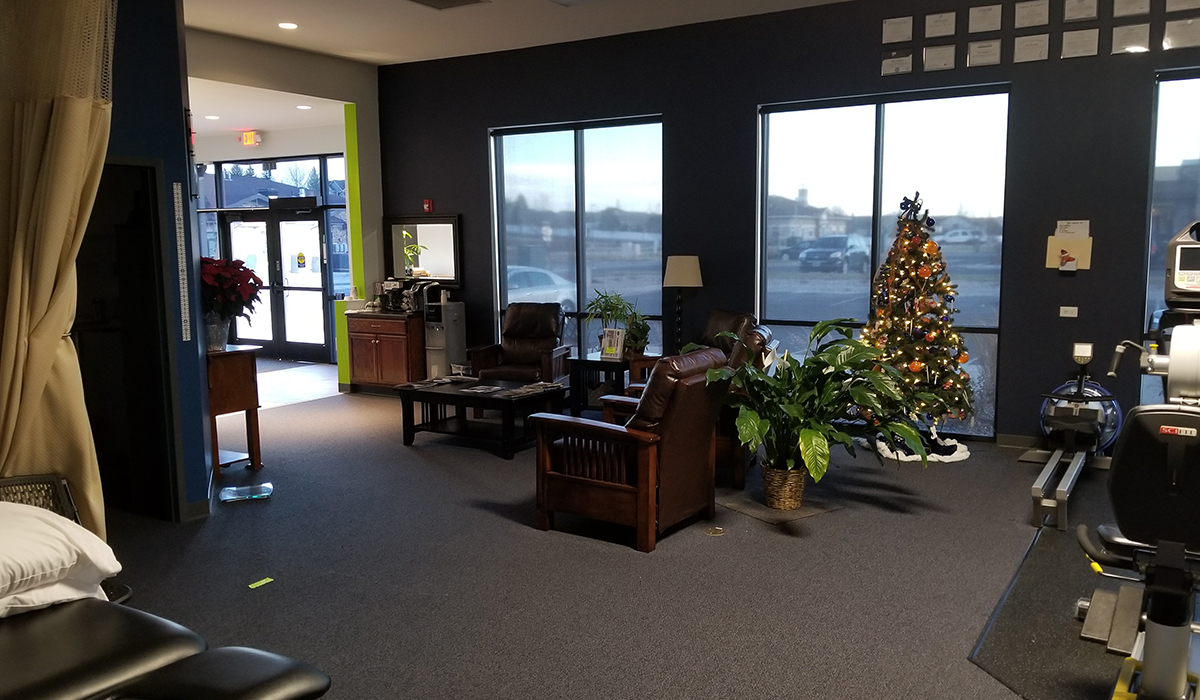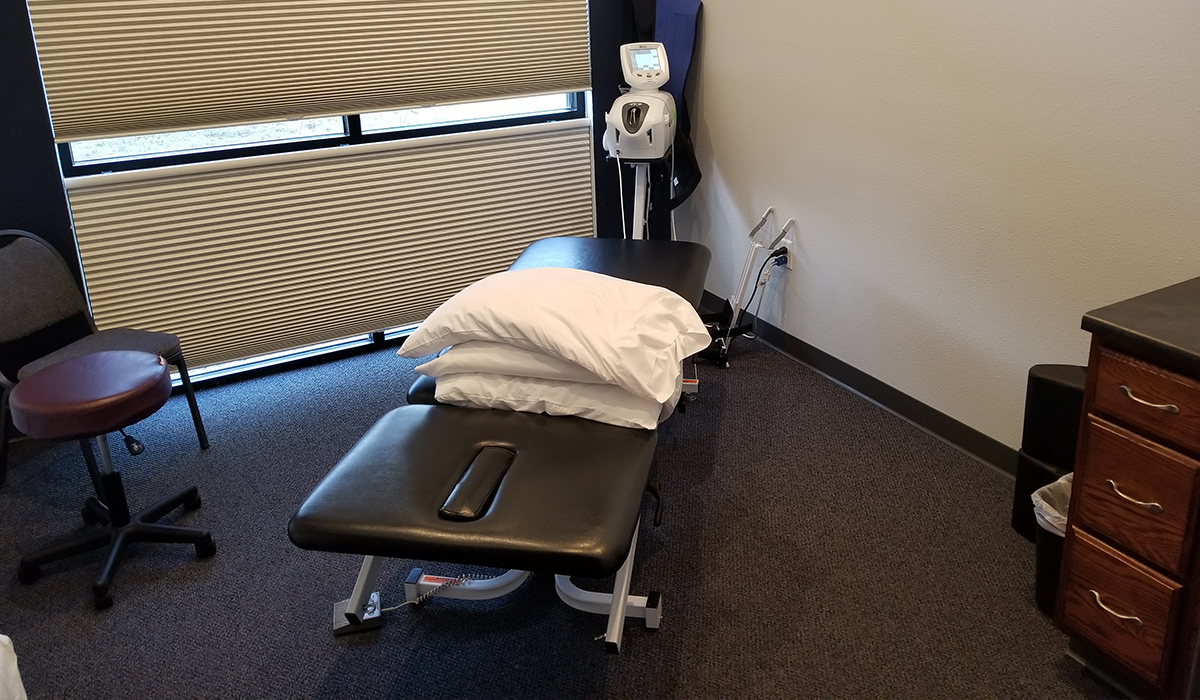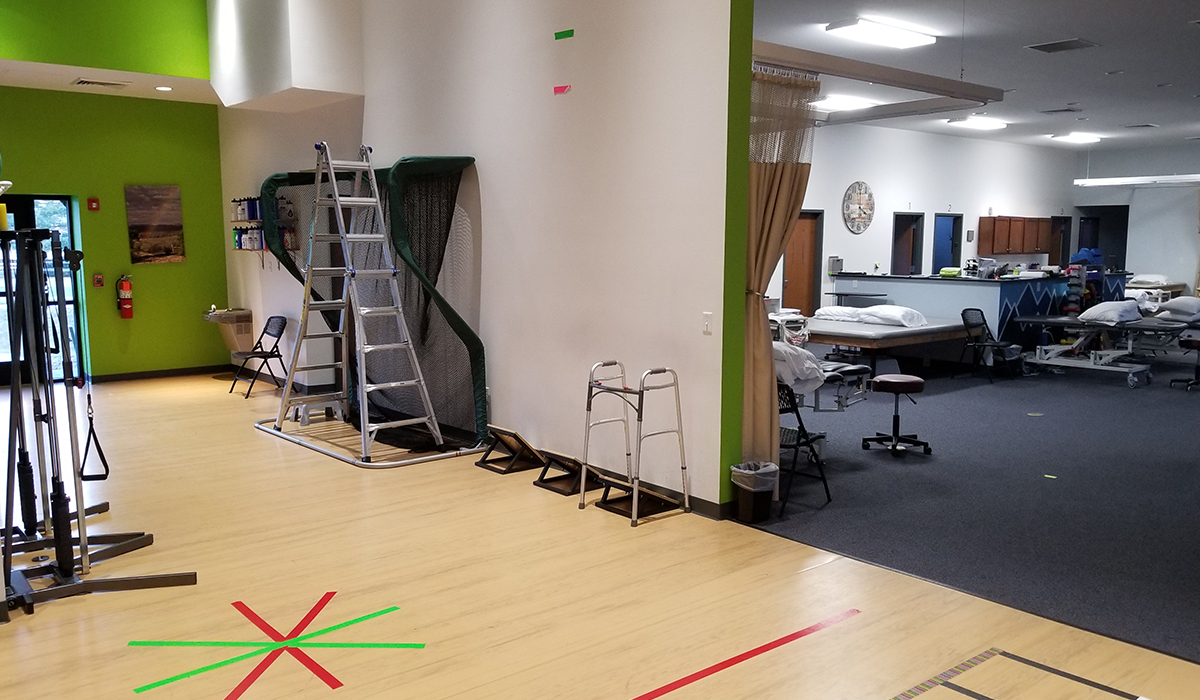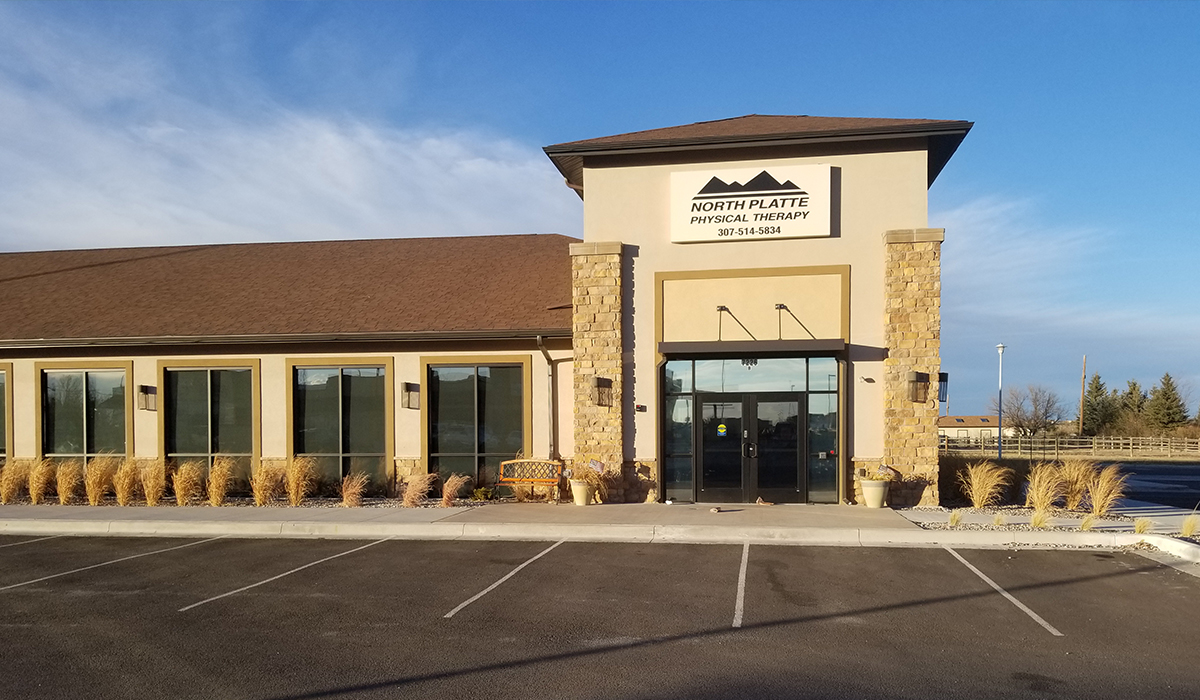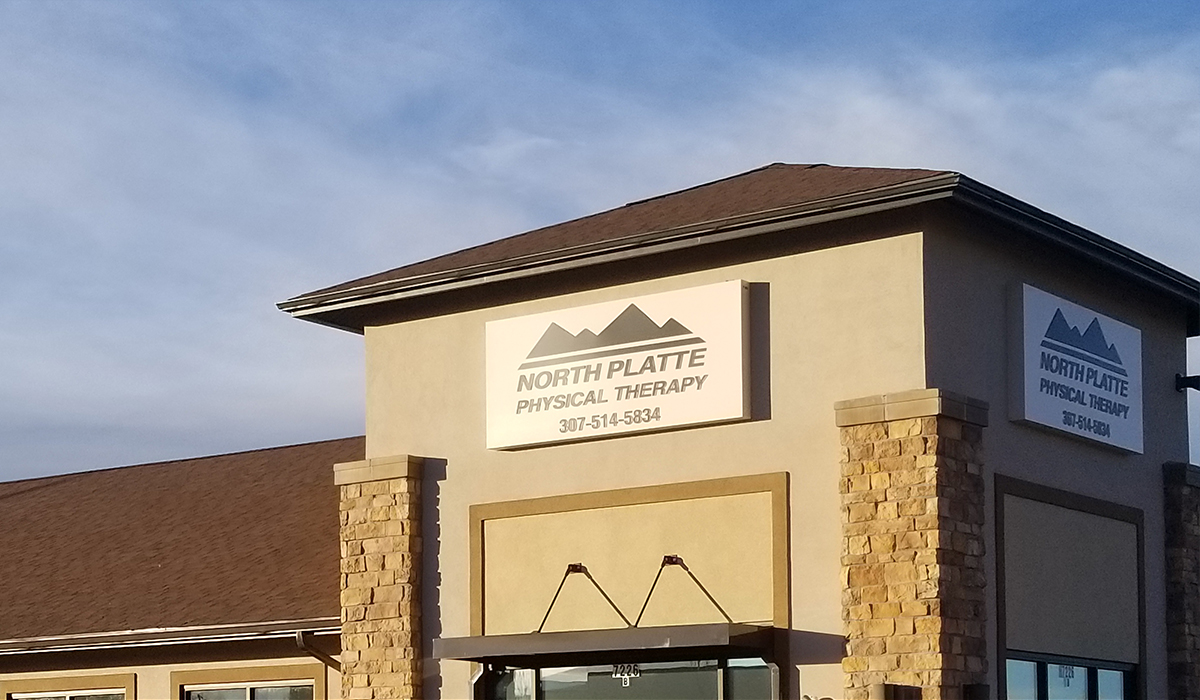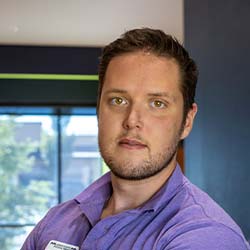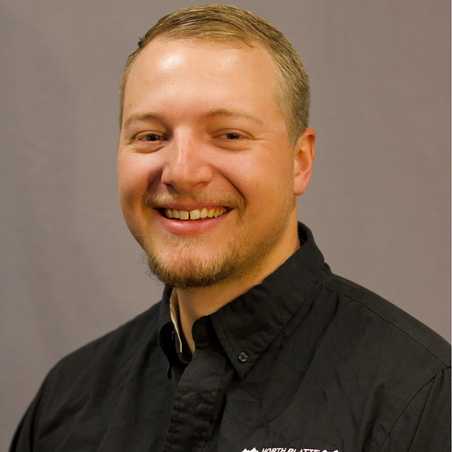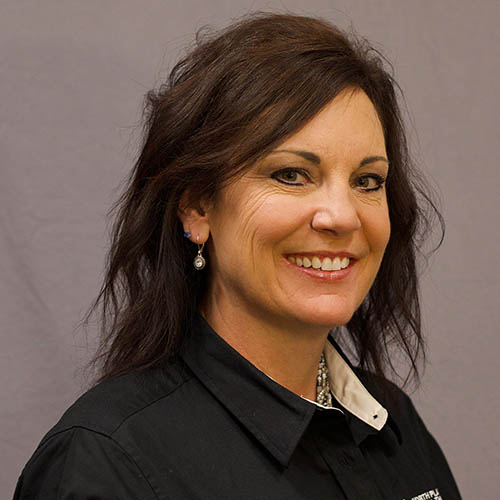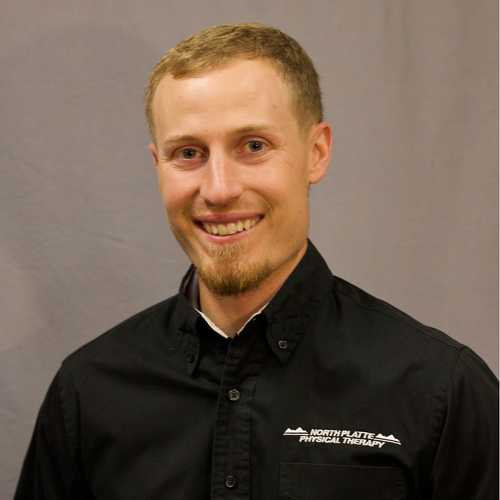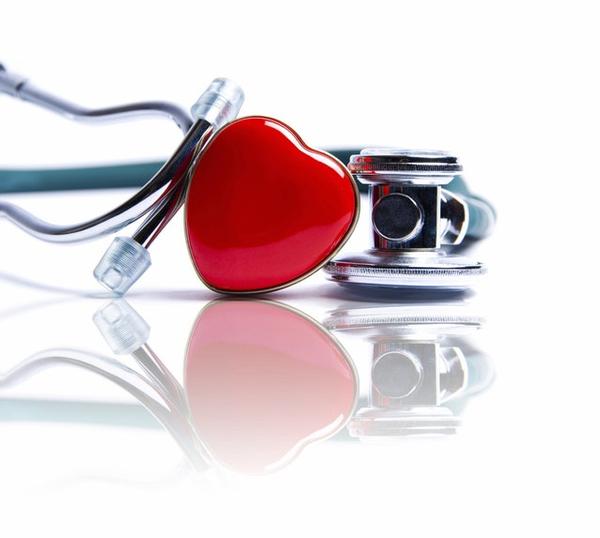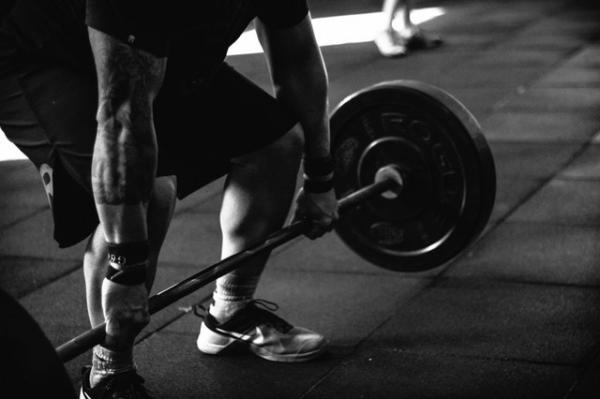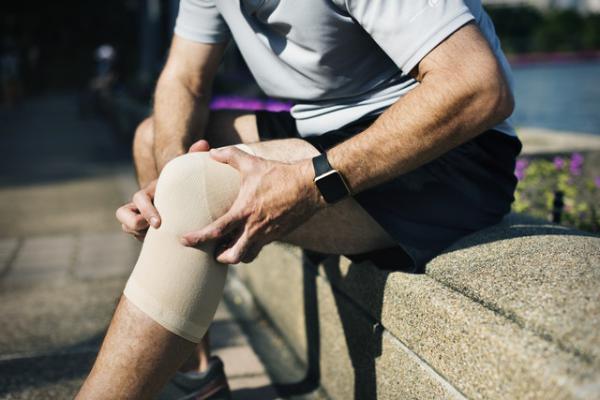North Platte Physical Therapy - Cheyenne (North)
Our company has now expanded to provide physical therapy services to the city of Cheyenne and its surrounding communities. We provide progressive, research-based intervention techniques to meet your personal rehabilitative needs. As a patient of North Platte Physical Therapy you can expect to receive the highest level of rehabilitation, a personalized plan of care designed to meet your needs, a family friendly, hometown clinical experience and exceptional outcomes so you can return to your active lifestyle. We focus on always remaining flexible to meet your needs. With same day appointments and walk-ins welcome, whatever your injury may be, we are always here for you. We will work closely with your healthcare providers to provide the most seamless recovery possible. If you have any questions on the services that we can provide or how we can best serve you please contact us or stop by so we can get you on the road to recovery.
Location Details
Address: 7226 Commons Dr, Cheyenne, WY 82009
Hours: Mon - Fri: 7AM - 6PM
Phone: 307-514-5834
Interested in scheduling at our East location? View Cheyenne East Details
Services Offered
- Arthritis Pain
- Back Pain
- Balance and Vestibular Rehab
- Biofeedback
- Biomechanical Gait Analysis
- Body Mechanics Training
- CSCS, Certified Strength Conditioning Specialist
- Chronic Pain
- Cupping Therapy
- Custom Foot Orthotics
- Custom Splinting
- Ergonomic and Worksite Evaluation
- Fine Motor Dexterity
- Fitness Screenings
- Functional Capacity Evaluations
- Graston Techniques
- Hand Therapy
- Headache
- Kinesio taping
- Modalities
- Myofacial Techniques
- Neck Pain
- Neurological Services
- Orthopedic Clinical Specialist, OCS
- Orthotic Fabrication
- Orthopedic Service
- Pediatric Therapy
- Pool Therapy
- Post Cancer Treatment
- Pre/Post Surgical Rehab
- Pre-employment Screening
- Return to Work Screening
- Return to sport exercise programs
- Running Injuries
- Self-care skills
- Sensory Integration
- SFMA - Selective Functional Movement Assessment
- Spine Care
- Sports Medicine
- Sportsmetrics
- Stroke Rehabiliation
- Tactical Training
- Tendonitis
- TPI (Titlist Institute Performance) Certified Golf Screenings
- TMJ
- Torticollis
- Trigger Point Dry Needling
- Vestibular Rehabiliation
- Women's Health
- Work Hardening/Conditioning
- Work Injuries
- Worksaver Certified Work Physicals
- Wound Care
Latest News & Info
Signs of a Stroke Explained by Physical Therapy
October 24, 2018
What Causes a Stroke?Â
Blood supply to the brain is vital. If blood flow to the brain becomes restricted in any way, brain cells will die, and a stroke occurs. They are most common in those with high blood pressure, as well as people that have diabetes, heart disease, a genetic history of strokes or smoke.Â
There are two types of strokes that can occur:Â
Ischemic: Most common type of stroke when the key blood vessels to the brain clot, leading to a lack of blood flow to the brain.Â
Hemorrhagic: Occurs when a blood vessel in the brain leaks or bursts.Â
FAST: How to Quickly Spot a Stroke
To quickly identify a stroke, remember the acronym “FAST,†which stands for: Face, arm, speech, and time.Â
- Face: Look for changes in the face, such as numbness or dropping on one side. If unsure, as a person to smile as one side will be affected.Â
- Arm: During a stroke, one arm will become weak. Ask a person to lift their arm and look for difficulty or the inability to raise one.Â
- Speech: Slurred speech is a key sign of a stroke. Some sufferers will also mumble phrases over and over. If unsure, tell a person to say a short phrase and see if they can repeat it back to you.Â
- Time: Timing is everything. If you notice any of the following symptoms in a person, even if you aren’t sure, call 911. The faster you act, the better chances a person has at recovery and survival.Â
- Read more on these 14 signs and symptoms of a stroke to learn about additional warning sides in addition to “FAST.â€
Rehabilitation and Physical Therapy
Seeing a local physical therapist is one of the best ways to recover from a stroke. A physical therapist will create a customized plan based on the severity of the stroke to help a person regain mobility. Top physical therapists will help a person regain crucial motor function and accomplish basic, essential tasks.Â
Whether you or a loved one has experienced a stroke, North Platte Physical Therapy is your go-to for rehabilitation and premier physical therapy. Our staff is trained and dedicated to the recovery of stroke suffers, creating a customized plan to get back to normal as much as possible. We know that each case is different and are here to help. Be sure to contact us today to set up an appointment at a North Platte location near you.Â
What Your Physical Therapist Has to Say About Keeping Knee Injuries From Occurring
October 17, 2018
Maintain a Healthy Weight
Even just the stress of walking can harm your knees if you are carrying around extra pounds. Then if you had sports into the mix, you are really adding to the burden your knees must handle. Keep your weight at an appropriate level for your height to keep your knees from being unduly stressed.Find Low-Impact Activities
If you are carrying around a few extra pounds that you want to lose, or if your knees have a tendency to be tender, sticking to low-impact activities can really help the impact on your knees while still keeping you active. If you are looking for cardio options, there are plenty of machines at the gym, such as the elliptical, that can give your heart a good workout and keep your knees protected.Warm Up Before and Stretch After Each Work Out
Both of these are easy to skip when you are eager to get started competing or working out, but both are important to your routine. Warming up will loosen up muscles and tendons, making you less prone to injury. Stretching after your workout will help with mobility, and also help to protect you from injury.Wear Good Quality Shoes
If you are on your feet a lot—whether for sports or for everyday life—wear the right shoes for the job. If you stand a lot for your job, the proper footwear can protect your knees as well as your back. They can also keep you more comfortable all day. If you are into a sport such as running, go to a professional running store so they can recommend the proper shoe. This article has good information on appropriate shoes for both walking and running: 10 Best Walking and Running Shoes for Bad Knees and OA Knee Pain.Strength Train
Strength training—as long as you are using proper form—can strengthen the muscles and tendons in your legs, making less prone to injury. Have a coach or personal trainer give you training on proper form as this is essential to prevent injuries.ÂSeek Physical Therapy When Needed
Sometimes injuries and strains happen, and when they do, don’t hesitate to seek out the help of a physical therapist to help you get past the pain. You can find out more about seeing a physical therapist and learning what to expect by reading here.At North Platte Physical Therapy, we want our patients to have healthy knees and live a pain-free life. If you have suffered an injury, we invite you to contact North Platte Physical Therapy to learn more about how we can help you recover. Our staff is well known throughout Wyoming because of our strong commitment to our patients. We can fulfill comprehensive physical therapy services, and we look forward to creating a custom a treatment plan based on your needs. Contact us today!
Â
When to Use Ice Versus Heat for Injuries
October 10, 2018
Let’s take a look at when you should be using ice versus heat.
Use Heat for Muscle Pain or Stiffness
There are two different types of heat you can use for muscle pain or stiffness: dry heat and moist heat. If you have ever used a heating pad, then you know how easy it is to apply dry heat. Moist heat can come from a source such as a steaming towel or a hot bath.There is also heat from an ultrasound, which can be highly effective. Sitting in a sauna is another option.
Heat therapy can soothe muscles and damaged tissue because it increases blood flow and temperature in the area, which promotes healing. Be sure you are using warm heat rather than hot.
Be sure you do not use heat therapy for the following:
- There is a bruise or burn in the affected area.
- There is a pre-existing condition such as diabetes, dermatitis, multiple sclerosis, or vascular disease that can be negatively affected by the heat.
- If you are pregnant, use of a hot tub or sauna for heat therapy is not recommended.
Use Ice for Injuries, Pain, Inflammation, and Swelling
Cold therapy does the opposite of heat therapy in that it draws blood flow away from the affected area. This can help reduce swelling and inflammation. It also numbs the area, temporarily relieving pain.You can purchase ice packs at the drugstore, which you keep in the freezer to use when needed. They come in all different kinds of shapes and sizes.
There are also coolant sprays available. Ice baths are another option that athletes often use to reduce potential swelling after a particularly tough workout.
Don’t use cold therapy if you have sensory disorders or poor circulation.
Never apply a cold pack directly to the skin; wrap it first in a towel or cloth or it can damage the skin and tissues.
Cold therapy is most effective when it is used several times throughout the day for 10 to 15 minutes at a time, applied to the affected area.
If you need more information about treating pain or injuries with ice or heat, give us a call today. North Platte is your go-to local physical therapist in Douglas, WY to provide the services that will get you feeling better and stronger. Our expert staff is respected throughout the Wyoming and Nebraska areas for providing superior and customized physical therapy services. We can handle any of your physical therapy needs. Fill out our contact form to get started and to find a location near you.
Â
